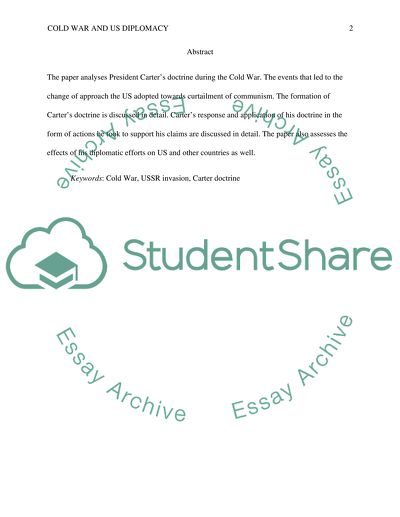Cite this document
(“The Cold War and U.S Diplomacy Research Paper Example | Topics and Well Written Essays - 1000 words - 1”, n.d.)
The Cold War and U.S Diplomacy Research Paper Example | Topics and Well Written Essays - 1000 words - 1. Retrieved from https://studentshare.org/history/1588480-the-cold-war-and-us-diplomacy
The Cold War and U.S Diplomacy Research Paper Example | Topics and Well Written Essays - 1000 words - 1. Retrieved from https://studentshare.org/history/1588480-the-cold-war-and-us-diplomacy
(The Cold War and U.S Diplomacy Research Paper Example | Topics and Well Written Essays - 1000 Words - 1)
The Cold War and U.S Diplomacy Research Paper Example | Topics and Well Written Essays - 1000 Words - 1. https://studentshare.org/history/1588480-the-cold-war-and-us-diplomacy.
The Cold War and U.S Diplomacy Research Paper Example | Topics and Well Written Essays - 1000 Words - 1. https://studentshare.org/history/1588480-the-cold-war-and-us-diplomacy.
“The Cold War and U.S Diplomacy Research Paper Example | Topics and Well Written Essays - 1000 Words - 1”, n.d. https://studentshare.org/history/1588480-the-cold-war-and-us-diplomacy.


